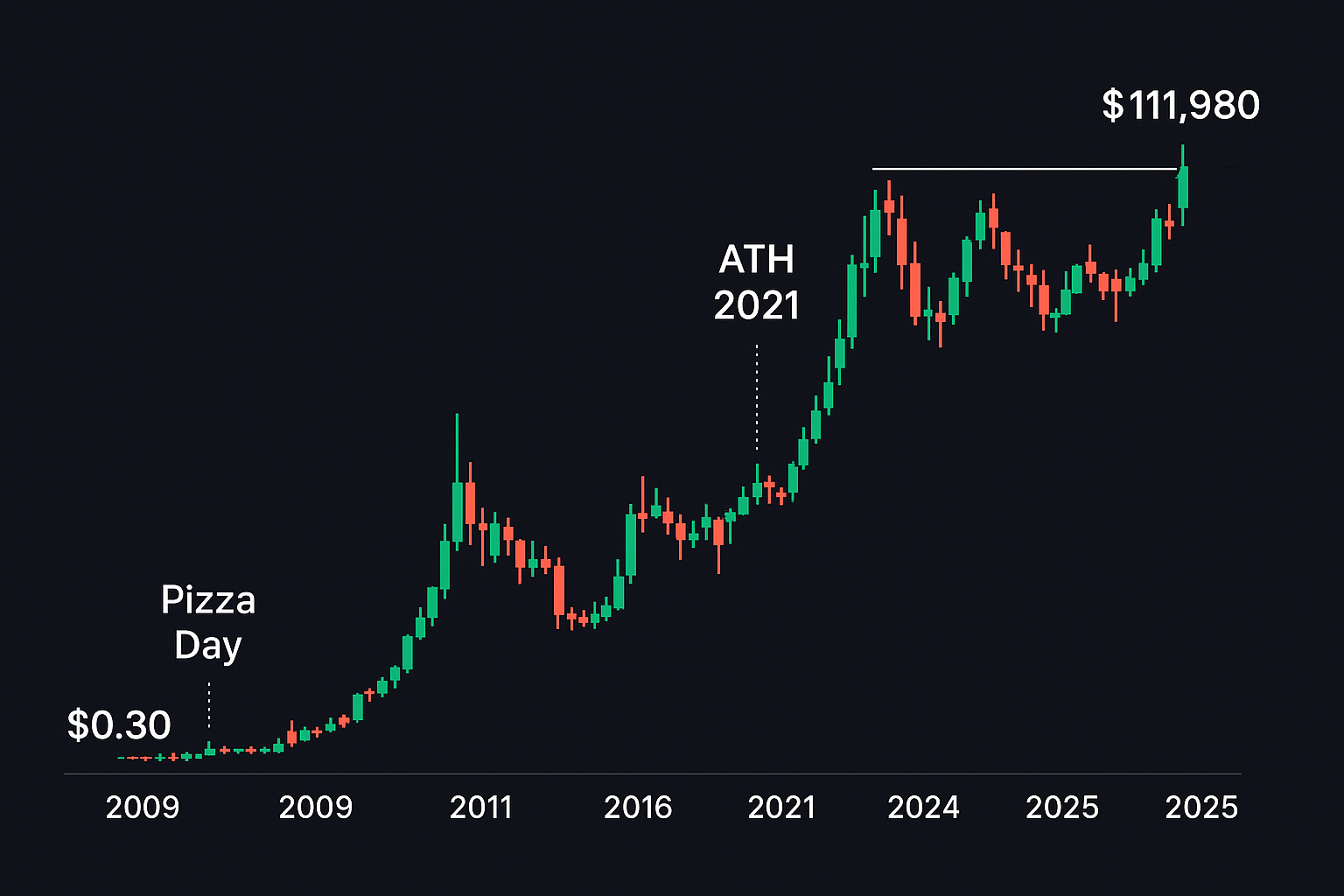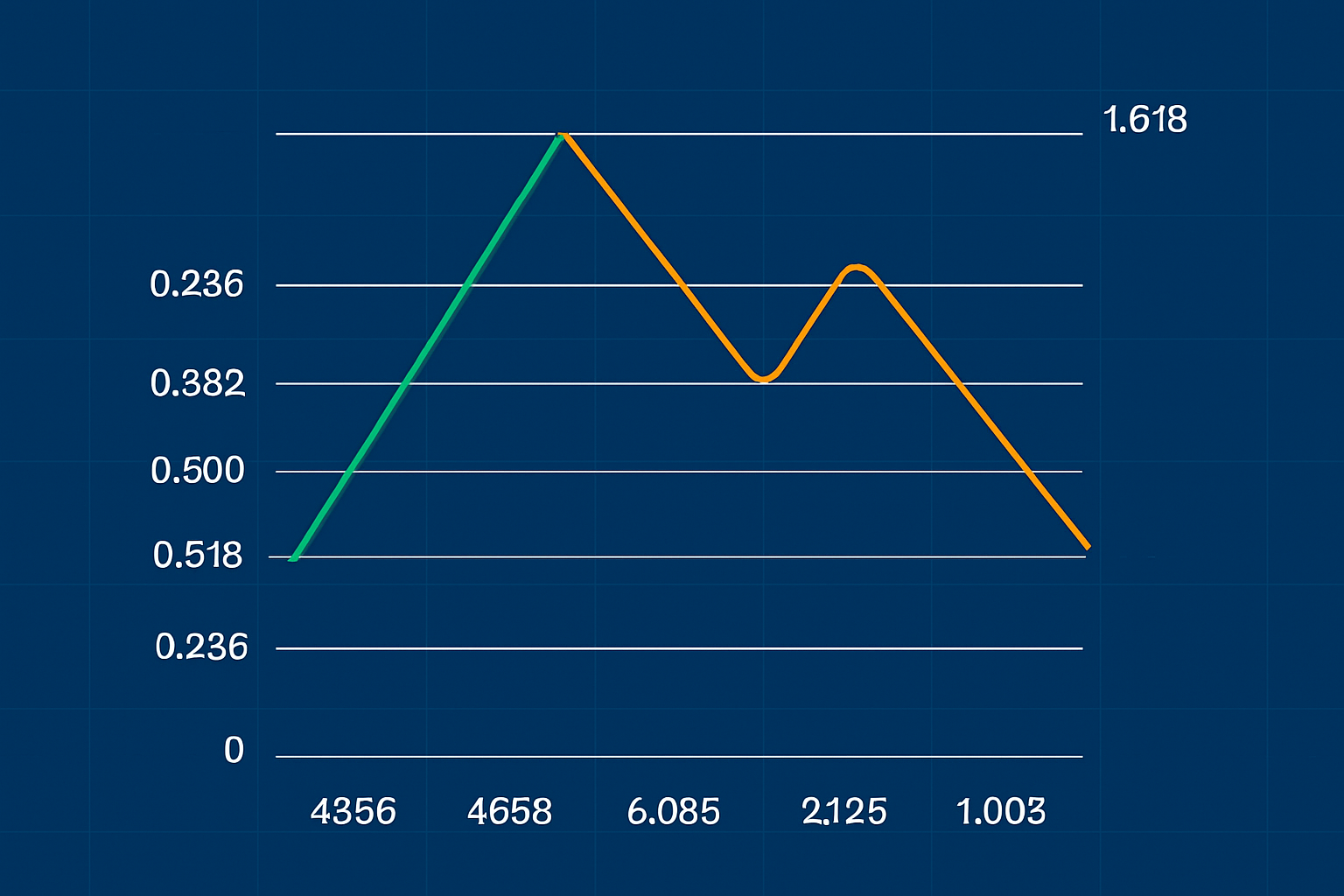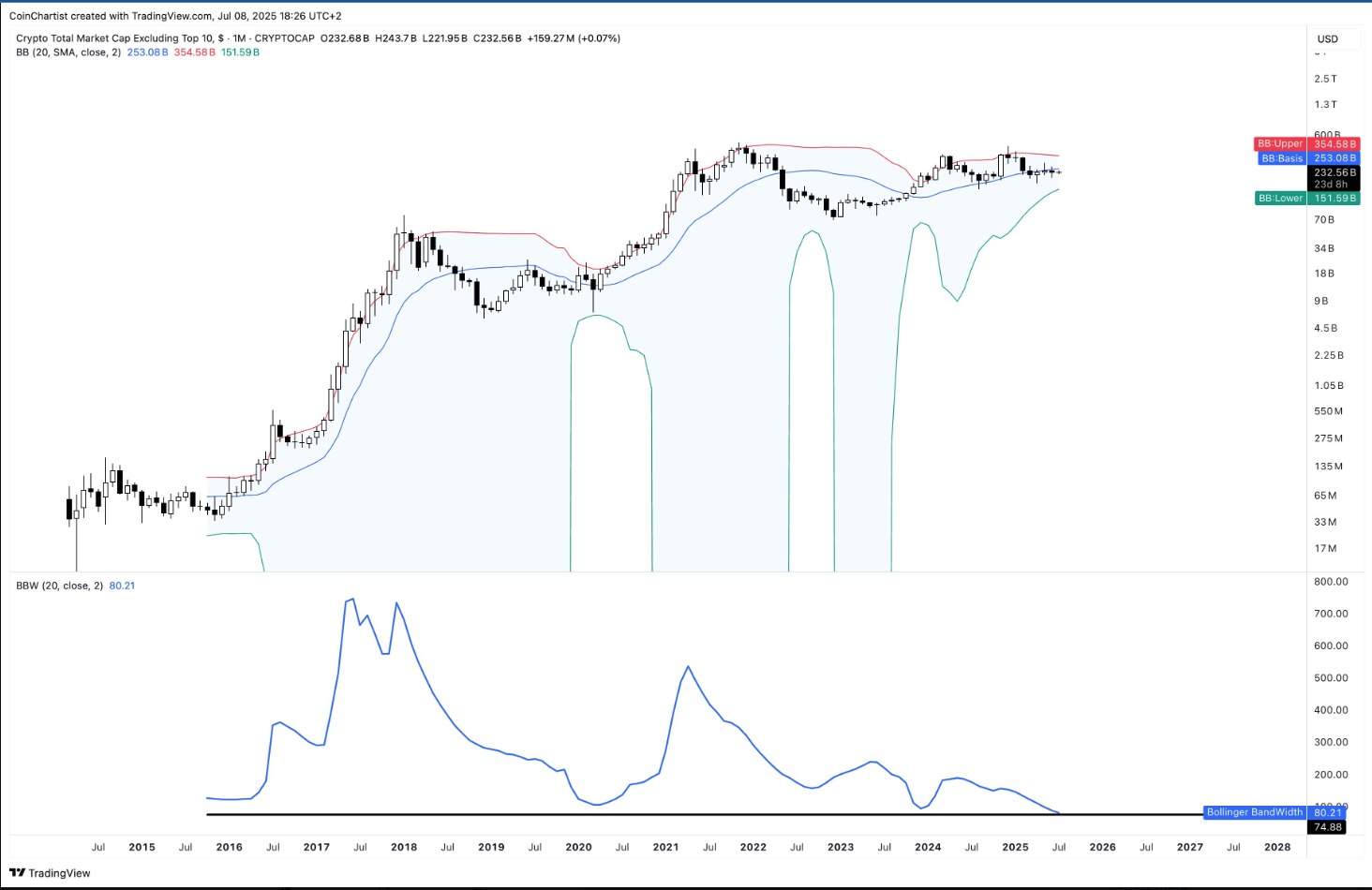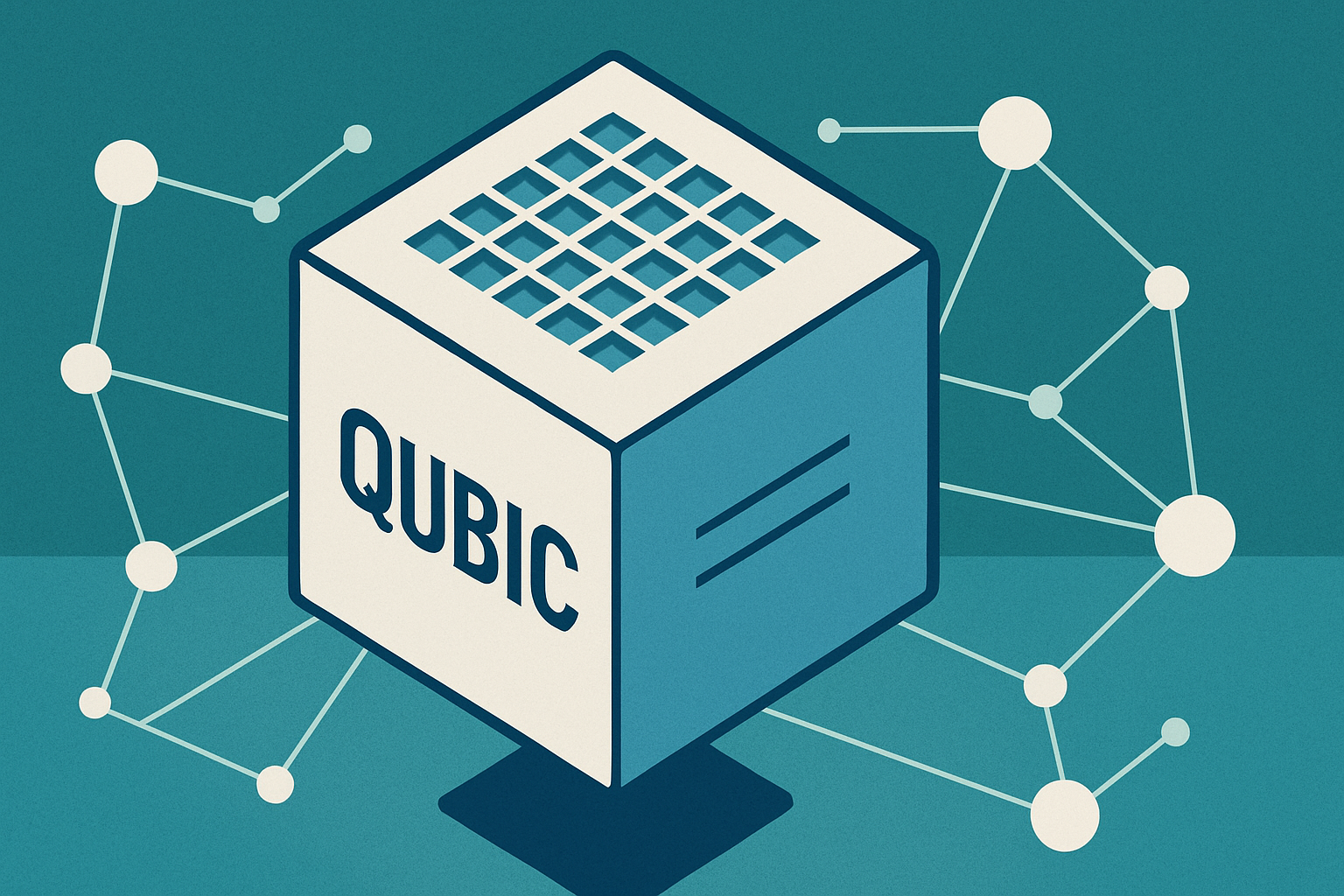Introduction:
A pivotal moment is unfolding in the cryptocurrency investment world. The U.S. Securities and Exchange Commission (SEC) has made a key move. It formally acknowledged a significant filing. This filing came from Nasdaq, on behalf of BlackRock. It aims to enable staking for BlackRock’s iShares Ethereum Trust ETF ($ETHA). This development could fundamentally change crypto investment. It promises new yield opportunities. These would be within a regulated framework.
This SEC acknowledgment follows intense market anticipation. It signals a potential shift in regulatory stance. It offers a clearer path for traditional finance. They can now engage more deeply with decentralized yield mechanisms. The integration of staking within a major spot Ethereum ETF like $ETHA has vast implications. It impacts both institutional and retail investors. It also affects the broader Ethereum ecosystem. This article explores these critical facets.
BlackRock’s Staking Push: Advancing Ethereum ETFs
BlackRock, the world’s largest asset manager, is leading this new initiative. Its commitment to incorporating staking into its Ethereum ETF is a bold step. This move reflects growing institutional confidence in digital assets.
Nasdaq’s Filing for Ethereum ETF Staking
Nasdaq submitted an updated 19b-4 filing to the SEC. This occurred around July 16-17, 2025. This filing is crucial. It proposes to add staking capabilities to $ETHA. This regulatory filing is a necessary step. It seeks official approval for a new feature. This feature would be integrated within the existing ETF structure. It highlights BlackRock’s proactive approach.
Understanding Ethereum Staking Mechanics
Staking is fundamental to Ethereum’s Proof-of-Stake (PoS) consensus mechanism. It involves locking up Ether (ETH). This ETH helps validate transactions. It secures the Ethereum network. In return, stakers earn rewards. These rewards are typically in the form of additional ETH. Staking yields can range from 2% to 7% annually. This process is a core economic component of Ethereum. It incentivizes network participation.
BlackRock’s Specific Staking Proposal for ETHA
BlackRock’s filing outlines precise plans for staking. It proposes to stake “all or a portion” of the Trust’s ETH. This will be done through one or more trusted staking providers. Coinbase, already the custodian and prime execution agent for $ETHA, is likely the primary choice. This partnership leverages existing trusted relationships.
Key safeguards are included in BlackRock’s proposal:
- The Trust will not pool its ETH. This means it won’t combine it with Ether held by other entities.
- It will not bear or subsidize the risk of slashing. Slashing is a penalty for validator misconduct.
- It will not subsidize risks from blockchain forks. These provisions aim to protect shareholders. They also seek to mitigate regulatory concerns. This approach balances innovation with investor protection.
Investor Benefits & Market Impact of Staking ETFs
The potential approval of staking features in spot Ethereum ETFs offers significant advantages. These benefits extend to both investors and the broader crypto market.
Enhanced Returns for Crypto Investors
Staking yields provide an additional income stream. This can significantly boost the overall return on investment for ETF holders. For many traditional investors, this yield is a major draw. It makes ETH ETFs more competitive. They can now rival other income-generating assets. This could attract new capital to the Ethereum ecosystem.
Simplified Access to Ethereum Staking Rewards
Direct ETH staking can be complex. It requires technical knowledge. It involves managing wallets. It also means understanding network protocols. Staking ETFs simplifies this process. They allow investors to earn staking rewards. This happens through a familiar brokerage account. This significantly lowers the barrier to entry. It makes yield generation accessible to a broader audience. This includes those less familiar with crypto’s technical aspects.
Boosting Institutional Adoption for Ethereum
Regulated staking ETFs further legitimize crypto. They enhance its appeal for institutions. Institutions often require regulated products. This helps them meet strict compliance requirements. BlackRock’s involvement adds immense credibility. It encourages other large asset managers. They may now explore similar products. This could unlock vast pools of institutional capital.
Strengthening Ethereum’s Network Security
More staked ETH enhances network security. It strengthens Ethereum’s Proof-of-Stake mechanism. Increased participation in validation reduces the risk of attacks. It fosters greater trust in the network’s integrity. This is a win-win for investors and the network.
Regulatory Landscape: Navigating SEC Scrutiny for Staking
The SEC’s acknowledgment is a crucial step. It comes amid a continuously evolving regulatory environment for crypto.
Precedent from Solana Staking ETFs
Earlier in July 2025, the SEC approved the REX-Osprey Solana Staking ETF. This was a landmark approval. However, that fund operates under the Securities Exchange Act of 1940. BlackRock’s $ETHA and other spot crypto ETFs fall under the 1934 Act. No staking fund has been approved under the 1934 Act to date. This makes BlackRock’s filing a key test case. Its approval would set a significant precedent.
Shifting Regulatory Stance on Crypto Staking
The current U.S. administration is generally perceived as more crypto-friendly. Recent actions support this view. The SEC previously dismissed lawsuits against Coinbase and Kraken. These lawsuits were related to staking activities. In May 2025, the SEC also released guidance. It clarified that staking rewards are earned income. They are not securities transactions subject to capital gains tax. This evolving regulatory clarity is positive. It encourages issuers to push for staking features.
Competitive Filings and Approval Timeline for Ethereum Staking
BlackRock is not alone in this endeavor. Several other major issuers have similar filings before the SEC. These include 21 Shares, Grayscale, Fidelity, Franklin Templeton, Bitwise, and Invesco Galaxy. This creates a competitive queue. The final deadline for earlier staking ETF filings is in late October 2025. BlackRock’s specific filing has a final deadline in April 2026. However, market analysts are optimistic. Bloomberg ETF analyst James Seyffart suggests approval could come as early as Q4 2025. This expedited timeline is due to the current political climate.
Addressing Regulatory Hurdles
Despite the optimism, incorporating staking into ETFs presents challenges. The industry remains under scrutiny. The SEC’s classification of staking activities is complex. It has stringent compliance requirements. Tax implications for staking rewards also need clear federal guidance. BlackRock’s filing indicates they will seek this guidance. This proactive step is essential for long-term clarity.
Liquidity and Operational Complexities
Staked ETH often has lock-up periods. This can create liquidity challenges for ETFs. ETFs need to meet daily redemption requests. Maintaining a liquidity reserve of unstaked ETH is a proposed solution. This helps manage liquidity. Operational complexities also arise. Secure custody solutions are vital. Mechanisms to distribute rewards are also needed.
Slashing Risks and Centralization Concerns
Slashing risk is a factor. Validators can face penalties for misconduct. BlackRock’s proposal aims to mitigate this risk for shareholders. They will not subsidize losses. This is a crucial investor protection. If large ETFs stake massive amounts of ETH, it could raise centralization concerns. It might concentrate voting power within a few entities. This is an ongoing debate within the Ethereum community. Regulators will likely monitor this closely.
Market Reaction and Ethereum’s Price Momentum
The timing of BlackRock’s filing is notable. It coincided with significant positive market movements.
Record Inflows into ETH ETFs
On July 16, U.S.-listed spot Ethereum ETFs attracted over $726 million in net inflows. This marked a daily record. BlackRock’s $ETHA led these inflows. It captured nearly $499 million. This heavy capital influx signals strong institutional interest. It shows a growing demand for regulated ETH products.
Ethereum’s Price Surge
ETH has seen remarkable price performance. It surged by 114% in the past three months. It is currently trading above $3,400. This rally erased previous losses. The anticipation of staking approval likely contributes to these gains. It further positions Ethereum as a strong investment. This positive momentum is attracting more attention.
Key Takeaways
- SEC Acknowledgment: The SEC formally acknowledged BlackRock’s filing for staking in its $ETHA ETF.
- Yield Generation: Staking in ETFs promises enhanced returns for investors.
- Mainstream Access: It simplifies access to Ethereum yield for traditional investors.
- Regulatory Evolution: The move reflects a shifting, more favorable crypto regulatory environment in the U.S.
- Market Impact: The filing boosted ETH ETF inflows and Ethereum’s price.
- Challenges Remain: Regulatory clarity, liquidity, and operational complexities are ongoing hurdles.
The journey towards staking-enabled Ethereum ETFs is dynamic. BlackRock’s active push, coupled with the SEC’s acknowledgment, marks a crucial moment. It suggests a future where earning yield on digital assets is integrated seamlessly into traditional financial products. This represents a significant step towards the broader adoption and maturation of the crypto market.














































